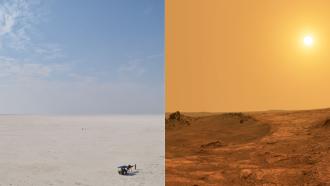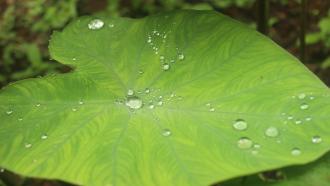
On April 7, Colossal Biosciences announced the creation of a "Dire Wolf" species in what they called the “world’s first de-extinction,". They claimed the move was aimed at addressing conservation efforts and plugging the gap of missing species in an ecosystem.
Their creation, however, was based on genetic edits to an existing species of wolf—the gray wolf. Altogether, the team made 20 edits to the genomes of gray wolf cells and inserted them into dog egg cells, which developed into embryos. The embryos were then implanted into surrogate hounds, which gave birth to twin males, Romulus and Remus, and a female pup, Khaleesi, born four months later.
But is what they created a 'Dire' wolf, a gray wolf or a new species altogether? And how does creating new species aid conservation efforts?
Check out this lighthearted comic on the controversy.
Can adding 20 pieces of the original Mona Lisa to a modern interpretation make the new creation an original Mona Lisa? And how can that help "conserve" or protect art and artists?





